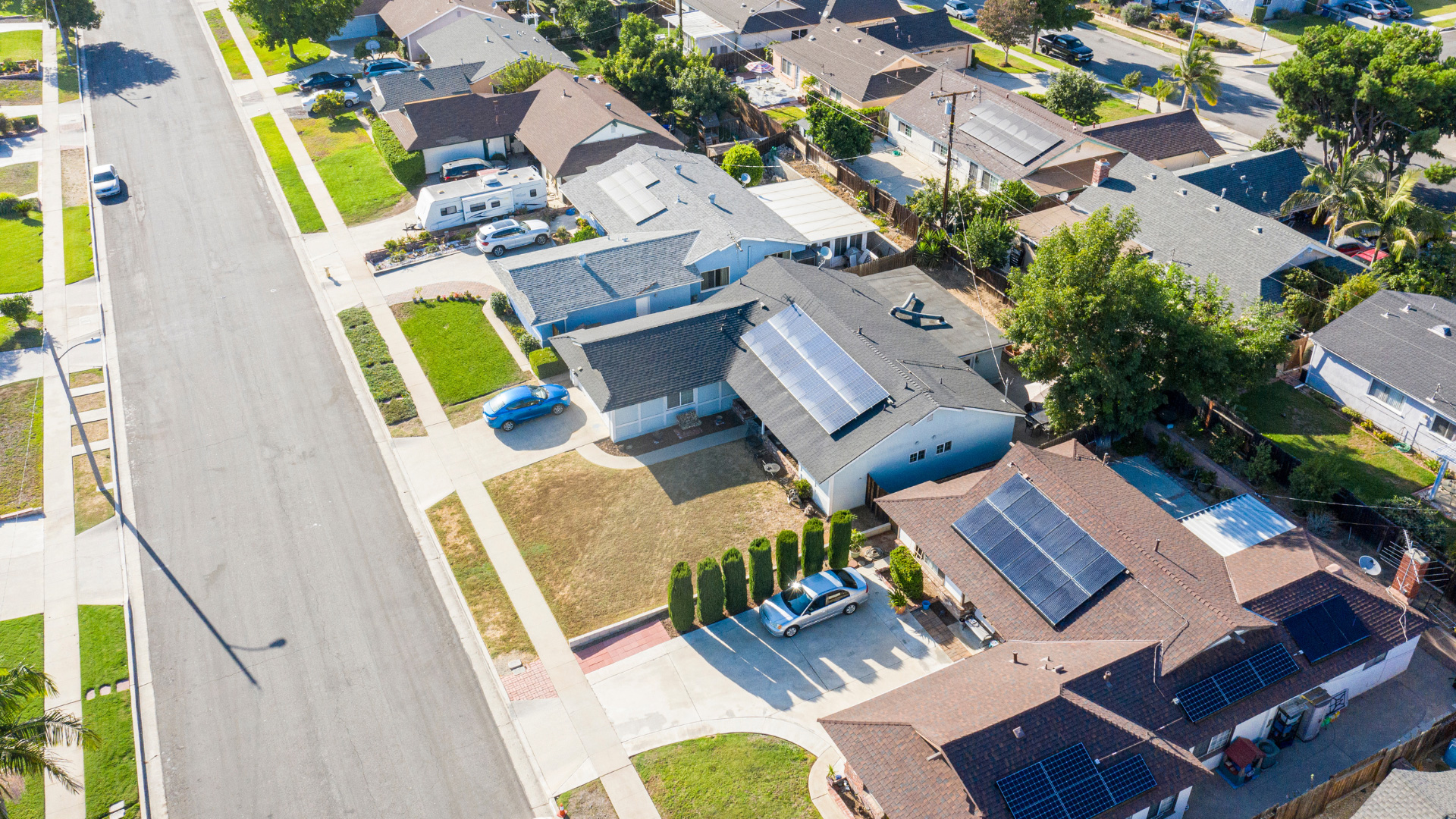Most people have heard that solar can result in negative electric bills, meaning you generate more electricity than your home consumes. The excess feeds the grid, and the electric company actually pays you for it. Each state handles net metering a little differently. Here’s how it works in Florida.
Who Does Net Metering Apply To in Florida?
Net metering is one of the most attractive aspects of residential solar. As basic as the explanation above is, it can be a little complex depending on where you live. Florida’s net metering regulations are based on 2008 rules set by the Florida Public Service Commission. These rules apply to four “Investor Owned Utilities” (IOUs) that cover the majority of Florida residents. These IOUs are:
- Florida Public Utilities Corporation
- Florida Power & Light (FPL)
- Tampa Electric Company (TECO)
- Duke Energy Florida
There are other Florida power companies, mostly serving rural communities, who set their own net metering rules. If this applies to you, contact your electric provider and ask about their privately enacted net metering programs.
How Much Does Net Metering Earn Homeowners?
Floridians can receive full retail credit for excess energy produced by their panels, but only up to the amount of electricity consumed in a given month. Anything beyond that rolls into the next month, and the cycle repeats. If, for example, your solar panels do not cover all of your electricity use in a given month, you can use excess credits earned earlier in the year to cover your bill. At the end of the year, any leftover credits are then paid to the solar owner at wholesale rates, which are typically 3–4 cents per kWh.
Other Factors Affecting Net Metering Efficiency
In order to connect to the grid and take advantage of net metering in Florida, homeowners must comply with Florida’s interconnection guidelines. The average residential solar system will fall into either Tier 1 or Tier 2 of the state’s interconnection guidelines:
- Tier 1 systems, with a maximum capacity of 10 kW
- Tier 2 systems, with capacities between 10 and 100 kW
Tier 1 systems have a simpler permitting and inspection process and are not required to carry additional liability insurance. Tier 2 systems may be subject to an interconnection application fee (depending on your utility provider) and you will be required to carry liability insurance. These added costs make net metering slightly less cost-efficient for larger solar systems, but it is still worth it overall.
Other Options for Net Metering
While the state of Florida hasn’t adopted “community solar” arrangements (where homeowners subscribe to shares of energy from community panels), some of the IOUs have created similar programs. There’s a wide range of variance between each program, and some can lead to nominal savings over time.
However, there’s simply no comparison to having your own panels producing your own energy and taking greater control of your family’s energy needs.
Go Solar and Watch Your Home’s Electric Meter Start Counting Backwards
Now that you know about net metering in your state, you’ll be better positioned to maximize the cost savings of your solar system. Net metering can help you more quickly offset installation costs, and then start pocketing the rest. Solar Optimum excels at helping homeowners in Florida make the transition to solar energy as smooth as possible.
Take the first step toward energy independence by downloading Solar Optimum’s Ultimate Guide To Going Solar or contacting us for a free quote!






